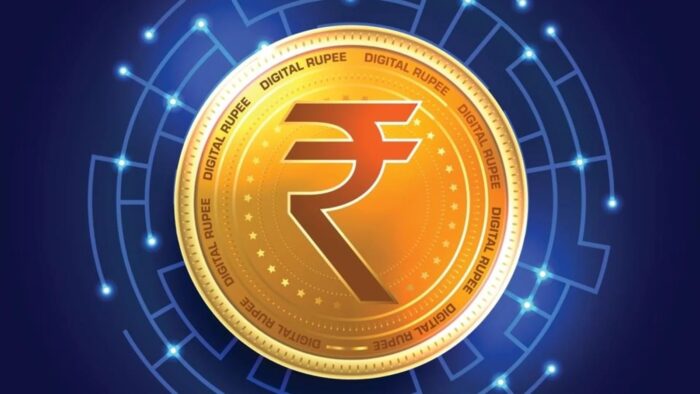A new era of digital payments in the world’s fifth-largest economy as India is taking a major step forward in financial technology by preparing to launch its own digital currency, backed by the Reserve Bank of India (RBI).
Prime Minister Narendra Modi recently highlighted this initiative at the Global Fintech Fest 2025, emphasizing how it will strengthen India’s economic growth story. This digital currency represents India’s commitment to making financial services faster, safer, and accessible to all citizens.
What is digital currency
Digital currency is electronic money that exists only in digital form—there are no physical coins or notes. Unlike regular bank transfers, digital currency works more like cash but in digital format. The RBI’s digital currency will be official government money, just like the rupee notes in your wallet, but it will exist only on phones and computers.
This is different from private cryptocurrencies like Bitcoin. The RBI’s digital currency will have the full backing and guarantee of the Indian government, making it as trustworthy as physical cash.
Why India needs digital currency
India has already become a global leader in digital payments. Prime Minister Modi pointed out that UPI (Unified Payments Interface) alone handles 20 billion transactions every month, worth over 25 lakh crore rupees. Remarkably, out of every 100 digital transactions happening worldwide in real-time, 50 take place in India.
However, digital currency can take this success even further. It will make transactions even faster and reduce the cost of handling physical cash. It will also help people in remote areas who may not have easy access to banks but have mobile phones.
India’s digital success story
India’s journey in digital technology has been remarkable. Ten years ago, many Indians didn’t have access to banking services. Today, through the JAM Trinity—Jan Dhan bank accounts, Aadhaar identification, and Mobile phones—India has brought banking to millions of people.
Prime Minister Modi explained that India has “democratized technology,” meaning it has made technology available to everyone, not just the wealthy or those in big cities. Digital payments that were once considered a privilege have now become a tool of empowerment for ordinary citizens.
How it will work
The RBI’s digital currency will work through the existing India Stack—the country’s digital infrastructure that includes UPI, DigiLocker, and other systems. People will be able to use it through their mobile phones, just like they use UPI today.
The system will be safe and transparent. The government will have full control over it, which means better protection against fraud and illegal activities. Transactions will be recorded securely, making the system trustworthy for users.
Global recognition
India’s approach to digital finance is gaining worldwide attention. The country is sharing its technology with other nations, especially in the Global South. Over 25 countries are already adopting India’s MOSIP (Modular Open-Source Identity Platform) to build their own digital identity systems.
Prime Minister Modi emphasized that India is not just sharing technology but helping other nations develop their own systems. “This is not digital aid, but digital empowerment,” he stated.
The role of AI and future plans
India is also incorporating Artificial Intelligence (AI) into its financial systems. AI can help detect fraud in real-time, reduce bias in loan approvals, and improve various banking services. The Prime Minister outlined India’s AI approach based on three principles: Equitable Access, Population-scale Skilling, and Responsible Deployment.
Next year, India will host the AI Impact Summit, shifting the global conversation from just AI safety to AI’s real-world impact on people’s lives.
The RBI’s digital currency initiative marks another milestone in India’s digital revolution. It promises to make financial transactions faster, safer, and more inclusive. By combining government backing with cutting-edge technology, India is creating a model that other countries are watching closely.
As Prime Minister Modi said, India’s digital journey is “not merely a story of India’s success, but a beacon of hope for the world.” With 50% of the world’s real-time digital transactions already happening in India, the launch of RBI’s digital currency will further cement the country’s position as a global fintech leader while ensuring that the benefits reach every citizen, from cities to the smallest villages.









